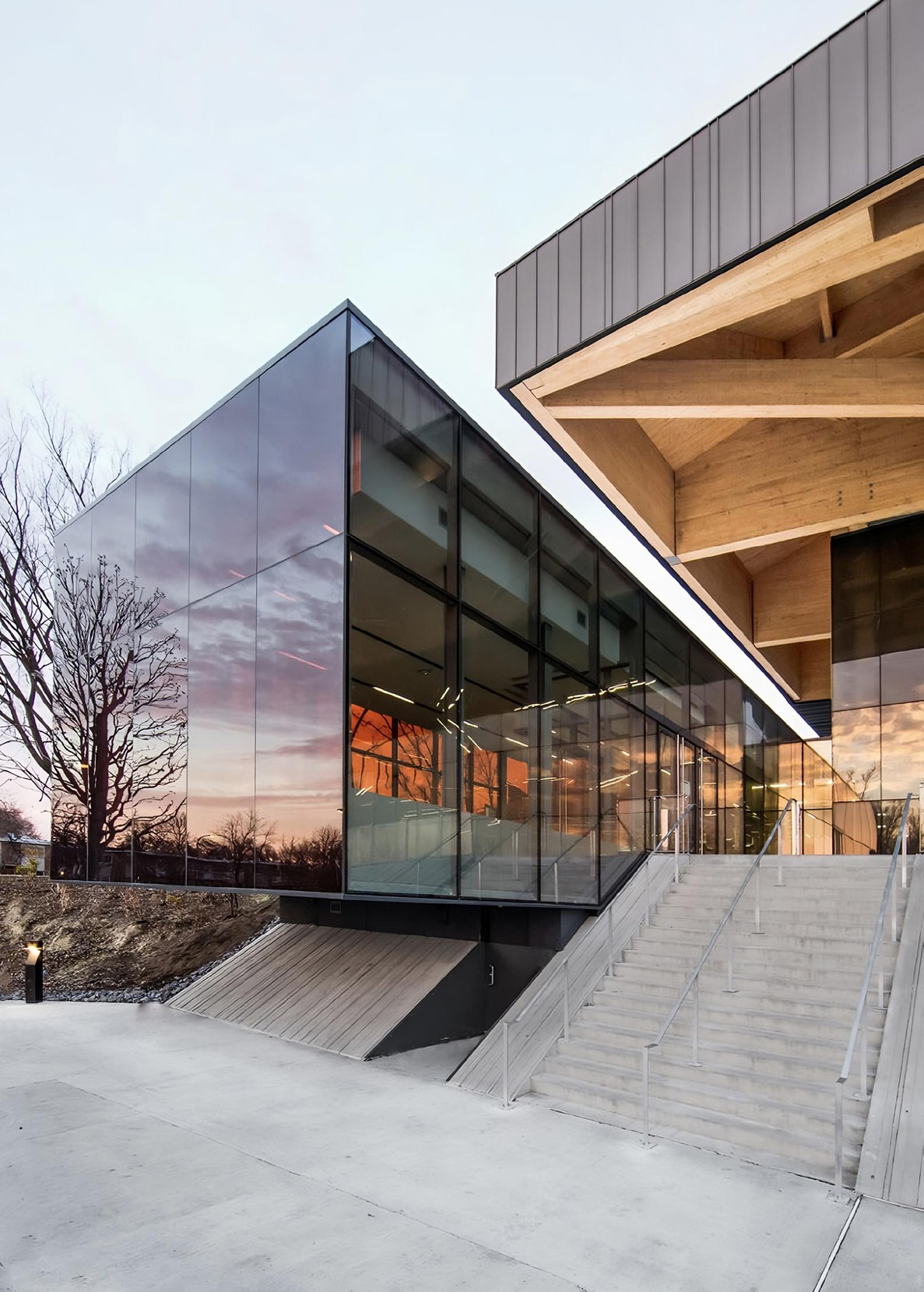
Over the past two decades, Quebec has undergone a radical transformation in its approach to using wood in architecture, spurred by trade constraints on wood exports to the United States. This evolution is the outcome of synergistic efforts that have facilitated a transition resulting in significant technological and architectural advancements. Historically, Quebec’s vast forest resources have played a pivotal role in the development of local timber construction, particularly through traditional timber frame techniques. However, the 19th century witnessed a shift towards light-frame construction methods like the Balloon Frame, driven by industrialisation and urbanisation. By the mid-20th century, concrete gained dominance, the fruit of prioritising aesthetics over ideology in architectural design, especially in Montreal, where concrete structures flourished. The 1980s trade dispute with the United States marked a turning point, fostering innovation and a paradigm shift in wood use. Collaboration between industry and academia, exemplified by the Krüger Pavilion and the founding of FP Innovations, has propelled large-scale wood construction forward. Cecobois further supports this trend by facilitating access to technological innovations. This era of change highlights both the potential and limitations of wood in architecture, showcasing its role as a versatile and eco-friendly material that can enhance architectural design while facing technical challenges that sometimes limit its visibility and application.







